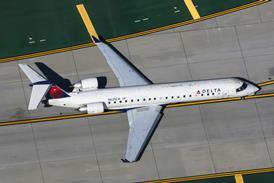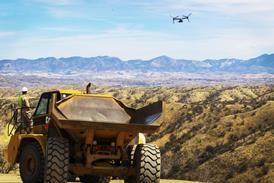TIM FURNISS / LONDON
Japan's first Data Relay and Tracking Satellite (DRTS) is to be launched on 10 September. The first operational H2A launch, from Tanegashima, will carry the 2,800kg DRTS-East and the Unmanned Space Experiment Recovery System (USERS). The European Space Agency (ESA), meanwhile, says its communications technology satellite, Artemis, will not reach its planned position in geostationary orbit (GEO) until early 2003.
The National Aerospace Development Agency's DRTS-East will be located in geostationary orbit at 90°E to test the relay of high-speed communications. The 2.1kW spacecraft is equipped with S-, Ka- and Ku- band transponders and a 3.6m-diameter main antenna. A planned DRTS-West was cancelled in 2001. USERS consists of a recovery capsule and a service module that is to stay in orbit for two years.
ESA's Artemis, when it finally reaches its planned orbit following an upper stage malfunction during the Ariane launch in July last year, will join two Inmarsat satellites as the space infrastructure for the European Geostationary Navigation Overlay System (EGNOS). Artemis also carries the Silex optical communications relay payload to support French Spot Image commercial remote-sensing satellites, will operate an L-band transponder for Eutelsat and relay Ka-band data for the ESA Envisat polar platform.
Source: Flight International























